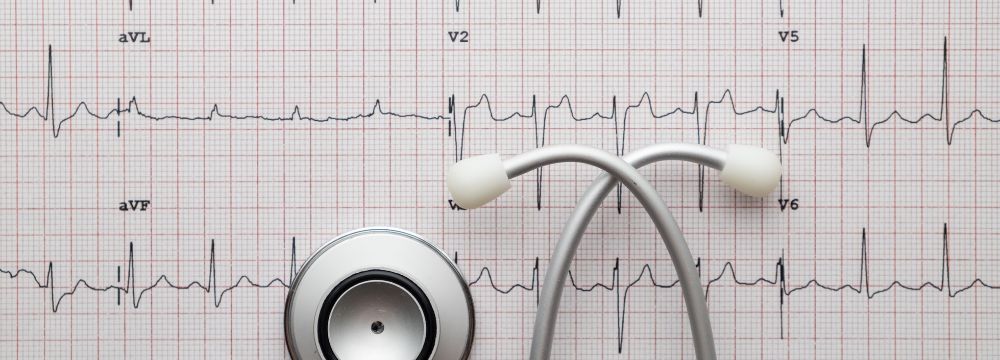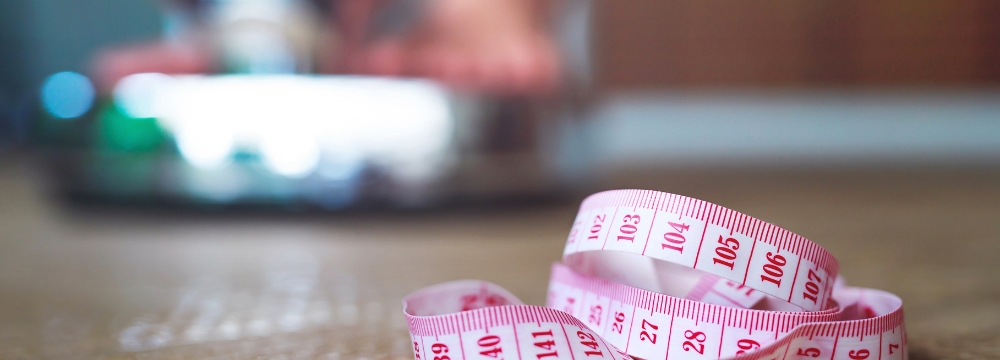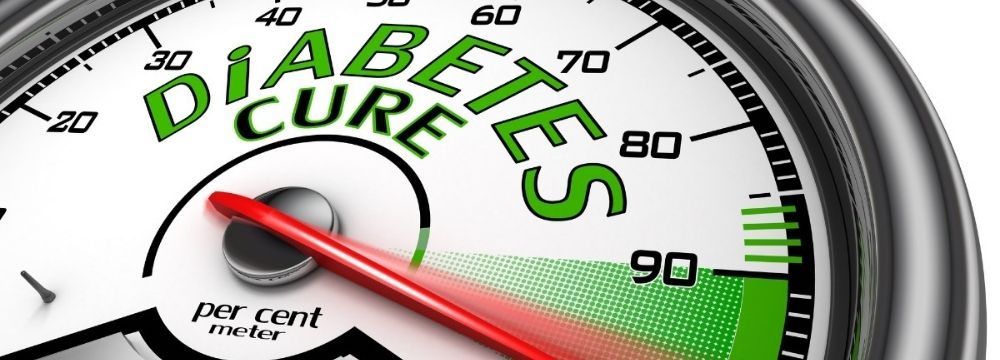Health
4 Amazing Benefits of Robotic Gastric Bypass
You’ve decided to get gastric bypass surgery, and now you wonder whether robotic gastric bypass is the best option. You can count on the team here at MIIS Weight Loss to take the time to explain the pros and cons, answer your questions, and help guide your decision. In the meantime, we’d like to fill you in on the top benefits you’ll gain with robotic gastric bypass.
What you need to know about gastric bypass
After sleeve gastrectomy, gastric bypass is the second most frequently performed bariatric procedure. By its very definition, bypass is a more complex surgery. During a sleeve gastrectomy, we remove about 80% of your stomach, but we don’t alter the stomach’s connection with the small intestine.
During a gastric bypass, a significant portion of the stomach is removed, plus it also involves rewiring your small intestine. To perform a gastric bypass, we disconnect the small intestine from the stomach and cut the small intestine into two pieces.
For the next step, we pull the lower half of the intestine up and attach it to your stomach. After that’s finished, the upper half of the small intestine (that was connected to your stomach) is reattached further down on the small intestine.
Although gastric bypass is more complex, it produces dramatic results by limiting the amount of food you can fit into your stomach, while also reducing the number of calories absorbed in the small intestine.
Benefits of robotic gastric bypass
When we perform robotic gastric bypass using the cutting-edge da Vinci® Surgical System, you gain substantial health benefits. Here are the top 4:
1. Exceptional precision for complex gastric bypass surgery
When it comes to performing highly detailed and complex surgeries like gastric bypass, most people think that the human touch produces the best results. But the da Vinci improves human hands.
The robotic arms are equipped with EndoWrist™ instruments that enable fine movement and a range of motion that’s superior to human hands. Instead of reaching into your body while holding surgical tools, our hand and finger movements (outside your body) are transformed into the equivalent of tiny surgical instruments at the end of the robotic arms.
The small size of the robotic-controlled tools is also a great advantage when operating in tight spaces, like when we attach the small intestine to the bottom of your stomach. The robotic arms can maneuver inside your body while minimizing trauma to the surrounding structures.
2. Superior visualization of the surgical site
The da Vinci Surgical System has multiple arms, one of which controls an instrument called a laparoscope. The laparoscope contains lighting and an advanced camera that sends images to monitors viewed by the surgical staff. We perform your gastric bypass by viewing your stomach and intestine on the monitor. The quality of the imaging system is another benefit of a robotic gastric bypass.
The camera sends high-definition, 3D images and has zoom capabilities. We can see the
structures inside your body with extreme clarity. This improved visualization significantly lowers your risk for inadvertent cuts or injuries that can happen with any type of surgery.
3. Lower risk of complications
Now that you know robotic surgery enhances surgical precision and lets us see the surgical site better, you probably won’t be surprised to learn that it also lowers your risk for complications. All types of surgery come with potential complications that are unique to the specific procedure.
Here are two examples of risks associated with gastric bypass surgery that are less likely to happen during a robotic procedure.
The new connections are made between the stomach and small intestine, and between the two parts of the intestine, sometimes narrow, which blocks food. Though no one knows exactly why it narrows, the important point is that your risk is much lower when a robotic bypass is performed.
Leakage at the new connections is another complication. The leakage rate with a standard laparoscopic procedure is significantly higher compared to a robotic bypass.
4. Possibility of fewer anesthesia-related risks
In one study of patients with a BMI greater than 43, a robotic bypass took about 30 minutes less time to complete compared to a standard laparoscopic procedure. Shortening the time you’re in surgery is critical for lowering anesthesia-related risks — risks that are already higher when you’re obese.
Keep in mind that a robotic gastric bypass doesn’t always mean your surgery will take less time, but the more experience your surgeon has using the da Vinci, the better your chances are of faster surgery.
The experts at MIIS have extensive experience performing quick and safe gastric bypass surgery using the da Vinci Surgical System. To learn more about your gastric bypass surgery options, call the office in St. Petersburg, Florida, or use the online booking feature to schedule a consultation.










